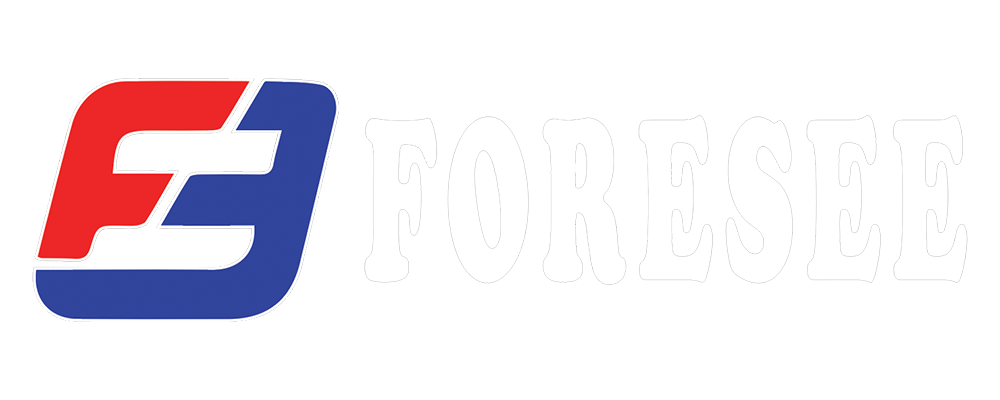Safety precautions when using welding consumables are crucial to prevent accidents and protect the health of the welder. Here are some general safety measures to follow:
-
Read the Material Safety Data Sheet (MSDS): Familiarize yourself with the hazards associated with the specific welding consumables you are using. The MSDS provides information on potential health effects, proper handling, storage, and disposal.
-
Wear Personal Protective Equipment (PPE): Always wear appropriate PPE, including:
- Welding helmet with a proper shade lens to protect your eyes and face from UV radiation and sparks.
- Welding gloves to protect your hands from burns and cuts.
- Flame-resistant clothing to shield your body from sparks and heat.
- Respiratory protection if welding in poorly ventilated areas or when working with materials that produce harmful fumes.
- Safety glasses with side shields underneath your welding helmet for additional eye protection.
- Ear protection if welding in noisy environments.
-
Ensure Adequate Ventilation: Welding produces fumes and gases that can be harmful if inhaled. Work in well-ventilated areas or use local exhaust ventilation systems to remove welding fumes from the breathing zone.
-
Handle and Store Consumables Properly: Store welding consumables in a clean, dry area away from moisture, extreme temperatures, and direct sunlight. Follow manufacturer recommendations for storage conditions to maintain their integrity.
-
Inspect Equipment Regularly: Check welding equipment, including electrodes, wires, and rods, for damage or defects before use. Replace any damaged consumables to prevent potential hazards.
-
Use Correct Amperage and Voltage Settings: Ensure that your welding machine is set to the appropriate amperage and voltage settings for the type and thickness of the material you are welding. Incorrect settings can lead to poor weld quality and increase the risk of accidents.
-
Practice Fire Safety: Keep a fire extinguisher nearby and know how to use it in case of a fire. Clear the welding area of flammable materials and use welding curtains or shields to prevent sparks from igniting nearby objects.
-
Follow Safe Work Practices:
- Avoid welding in confined spaces without proper ventilation or monitoring for hazardous gases.
- Never weld on containers that have held flammable or toxic substances without proper cleaning and ventilation.
- Be cautious when welding near combustible materials such as wood, paper, or fabrics.
- Avoid welding in damp or wet conditions to prevent electrical hazards.
-
Training and Supervision: Ensure that welders receive proper training on the safe use of welding consumables and equipment. Supervise inexperienced welders until they demonstrate proficiency and understanding of safety procedures.
By following these safety precautions, you can minimize the risks associated with using welding consumables and create a safer work environment for yourself and others.

Recent post